 Lemons were well known to the Romans and Amalfi lemons were being tasted and written about in the 1600s. They were used on ships to prevent scurvy outbreaks. From this time onwards, lemon cultivation on a large scale transformed the rugged cliff sides of Sorrento and Amalfi into the terraced groves and villages that we see today. Production and harvesting was a village wide occupation, with women carrying loads of lemons as heavy as 100 pounds in baskets on their shoulders down--or up-to their village. Considering the steep steps and paths that wind their way throughout the rugged coastline, the cultivation was--and still is--a monumental task. The port town of Minori shipped lemons to all parts of Italy.
Ok, so I thought for those of you who would like to try and have your own Amalfi adventure, I'd post a recipe for Limoncello... Ingredients for Amalfi Limoncello 10-12 organic lemons (you'll use the skins) 1 quart pure grain alcohol (or Vodka) 2 quarts water 3 cups of sugar Directions
There you have it... enjoy, and cent'anno! --Jerry Finzi If you like this post, please COMMENT and SHARE it with your friends! And please, stop by our SURVEY and spend 60 seconds telling us how we could make our blog better! Grazie!
2 Comments
Christo Carel Coetzee
7/13/2021 03:12:24 pm
Thanks. We have a tree full of Cielo lemons in our new garden in Stellenbosch. We shall follow your recipes with relish. Christo and Dominique.
Reply
ian bell
6/23/2023 10:50:04 pm
i would like to keep in touch with fir lemon cello recipies
Reply
Your comment will be posted after it is approved.
Leave a Reply. |
Categories
All
Archive
June 2024
|


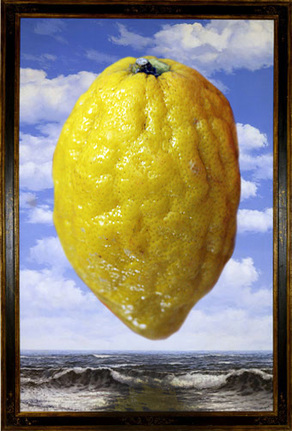
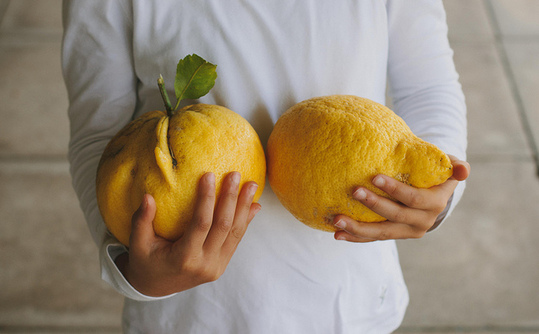
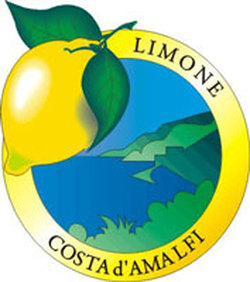
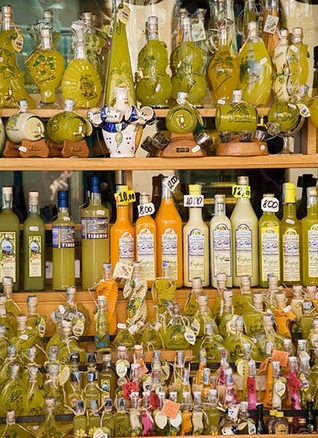
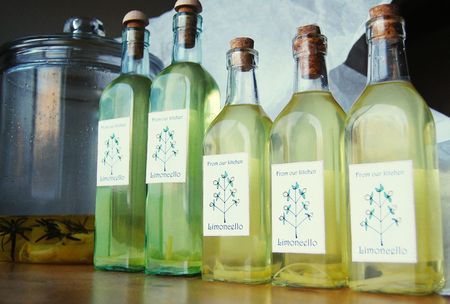
 RSS Feed
RSS Feed
